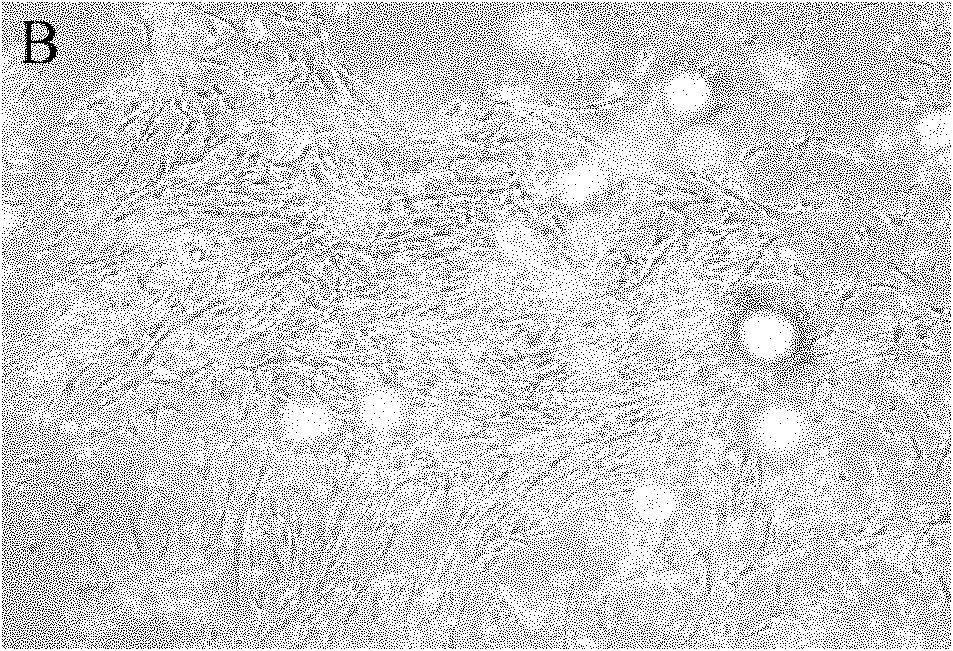Adipose-derived stem cell separation culture method
A technology for the separation and cultivation of adipose stem cells, which is applied in the field of high-purity adipose stem cells, can solve the problems of low purity of adipose stem cells, limit the comparison and repetition of research results, and make it difficult for adipose stem cells to maintain self-renewal and multi-directional differentiation potential, so as to achieve efficient acquisition , the effect of strong clone-forming ability
- Summary
- Abstract
- Description
- Claims
- Application Information
AI Technical Summary
Problems solved by technology
Method used
Image
Examples
Embodiment Construction
[0045] The present invention will be further described in detail below in conjunction with test examples and specific embodiments. However, it should not be understood that the scope of the above subject matter of the present invention is limited to the following embodiments, and all technologies realized based on the content of the present invention belong to the scope of the present invention.
[0046] The adipose tissue mentioned in the embodiments of the present invention is derived from mice, and the main materials, reagents and equipment used in the embodiments of the present invention are as follows:
[0047] C57 mice (provided by the West China Medical Experimental Animal Center of Sichuan University);
[0048] Green fluorescent protein transgenic C57 mice (gifted by the Stem Cell Biology Laboratory of the State Key Laboratory of Biotherapy);
[0049] Nude mice (purchased from the Institute of Experimental Animals, Chinese Academy of Medical Sciences);
[0050] Fibri...
PUM
| Property | Measurement | Unit |
|---|---|---|
| diameter | aaaaa | aaaaa |
Abstract
Description
Claims
Application Information
 Login to View More
Login to View More - R&D
- Intellectual Property
- Life Sciences
- Materials
- Tech Scout
- Unparalleled Data Quality
- Higher Quality Content
- 60% Fewer Hallucinations
Browse by: Latest US Patents, China's latest patents, Technical Efficacy Thesaurus, Application Domain, Technology Topic, Popular Technical Reports.
© 2025 PatSnap. All rights reserved.Legal|Privacy policy|Modern Slavery Act Transparency Statement|Sitemap|About US| Contact US: help@patsnap.com



